Introduction
In the competitive world of online retail, having a visually appealing and user-friendly website is crucial for success. This article explores various strategies that can enhance the effectiveness of your retail website and drive conversions. From the importance of responsive design to the effective use of calls to action, high-quality visuals and media, organized navigation and user experience, utilizing white space, creating engaging and scannable content, optimizing product pages, leveraging SEO, creating a sense of urgency and scarcity, investing in quality images and videos, and enhancing mobile optimization and speed, each section offers expert advice on how to improve your website's performance.
By implementing these strategies, you can create a seamless and engaging online shopping experience that not only attracts customers but also increases your conversion rates. So let's dive in and discover how to optimize your retail website for maximum success.
Importance of Responsive Design
In the digital era, the flexibility of your online retail platform is crucial to cater to the diverse requirements of consumers who shop on different devices. This is where responsive design comes into play, ensuring your website delivers a seamless experience on desktops, tablets, and smartphones alike. Imagine the frustration of a potential customer who encounters difficulty navigating your site on their mobile device — this scenario is far too common and can be the difference between a sale and a lost opportunity. Actually, statistics show that more than 50% of individuals will not contemplate buying from a badly designed mobile site.
The growing occurrence of mobile browsing, with people spending 58.33% of their internet time on smartphones, emphasizes the need for mobile-friendly designs. A responsive website adjusts dynamically to the device's screen size and orientation, optimizing the viewing experience with minimal need for resizing, panning, and scrolling. This not only improves engagement but also considerably decreases bounce rates. With mobile sites that load in two seconds or less boasting a 15% higher conversion rate, speed and performance have become non-negotiable for a successful online retail presence.
The Ford Foundation's revamp of their content management system exemplifies the significance of staying up-to-date with the demands of content publishing and individuals' expectations. In the same way, online stores need to adapt to meet the increasing demands for content and functionality from their customers. As we look toward the future, the insights from leading web design agencies, like Numiko, suggest that embracing responsive design is not just a trend, but a foundational element for any retail online platform aiming to thrive in the competitive digital marketplace.
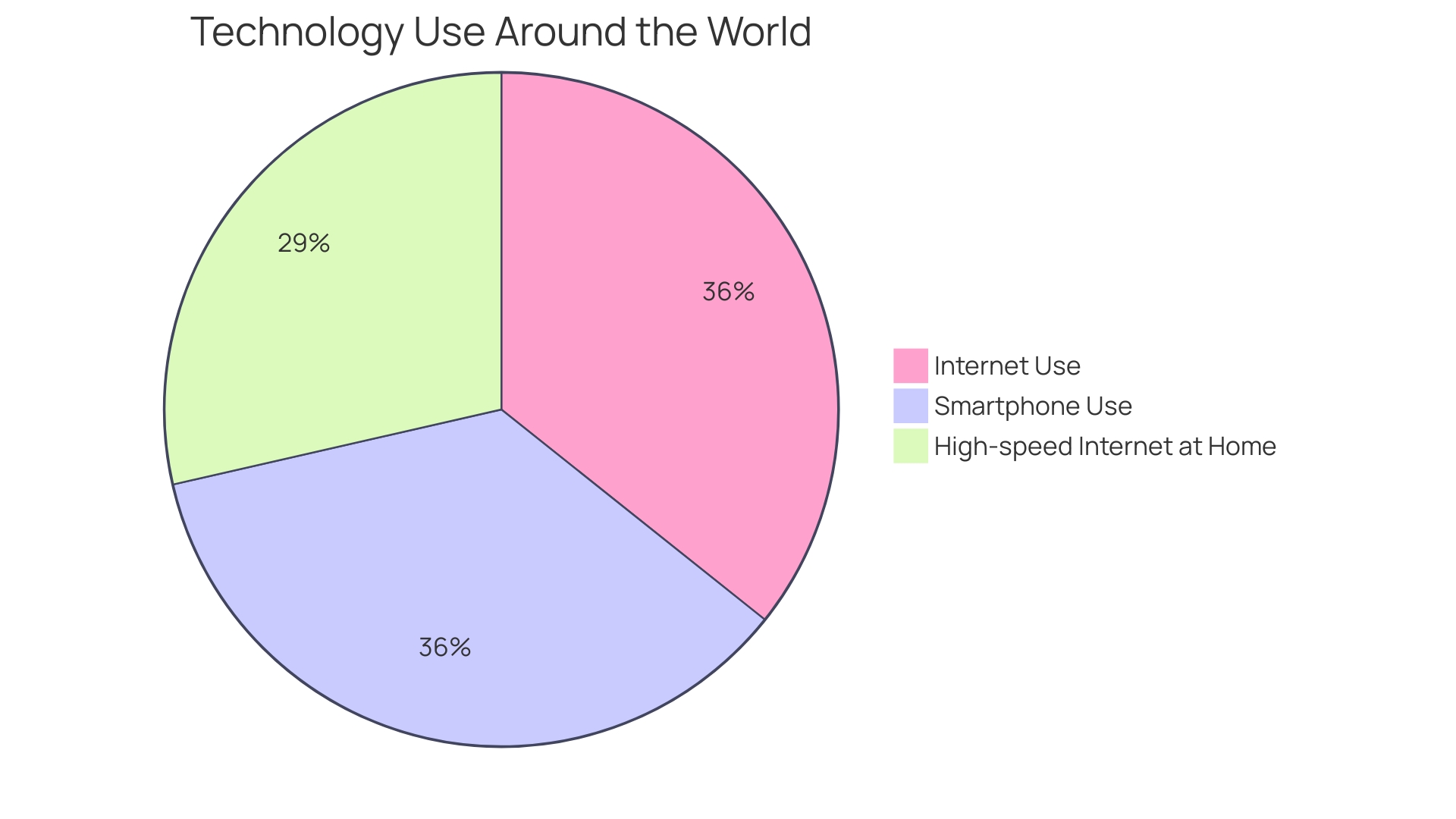
Effective Use of Calls to Action (CTAs)
Crafting effective Calls to Action (CTAs) is a crucial element in the digital structure of a retail website, as they direct individuals toward key behaviors, such as making purchases or signing up for newsletters. The science of CTA optimization is grounded in strategic placement, compelling language, and creating a sense of urgency. For example, every page should have intuitive pathways back to the home page, which acts as a navigational anchor, reassuring visitors they can easily start over if needed. This is where CTAs become pivotal, offering clear next steps and reducing the cognitive load on shoppers.
Effective CTAs are not just about visibility; they also encapsulate the core benefits and differentiators of the product or service, addressing potential objections head-on. This approach aligns with the principle that your homepage must communicate who you are and what you offer succinctly. Retailers should also take into account the influence of privacy preferences on the journey; a hassle-free path to the CTA can enhance conversion rates.
In the context of conversion rates, it's vital to understand your baseline performance. An average conversion rate might hover around 2%, but striving for the top 10 percentile should be the aim. Missteps in calculating conversion rates, such as not isolating data to the relevant pages or timeframes, can derail optimization efforts.
Moreover, with the digital sphere influencing the early stages of the consumer's journey, optimizing CTAs is not merely about aesthetics but also about enhancing the informational value of your content. This approach can enhance your brand in search engine rankings and contribute to a smooth and informative user journey, ultimately increasing the likelihood of conversion.
In light of recent retail innovations, such as the opening of checkout-free stores that leverage cutting-edge technology to streamline the shopping experience, the importance of integrating digital efficiency with physical retail becomes more evident. By improving your CTAs, you align your online presence with the evolving landscape of retail, ensuring that you not only meet customer expectations but exceed them, thereby cementing your place in the competitive market.
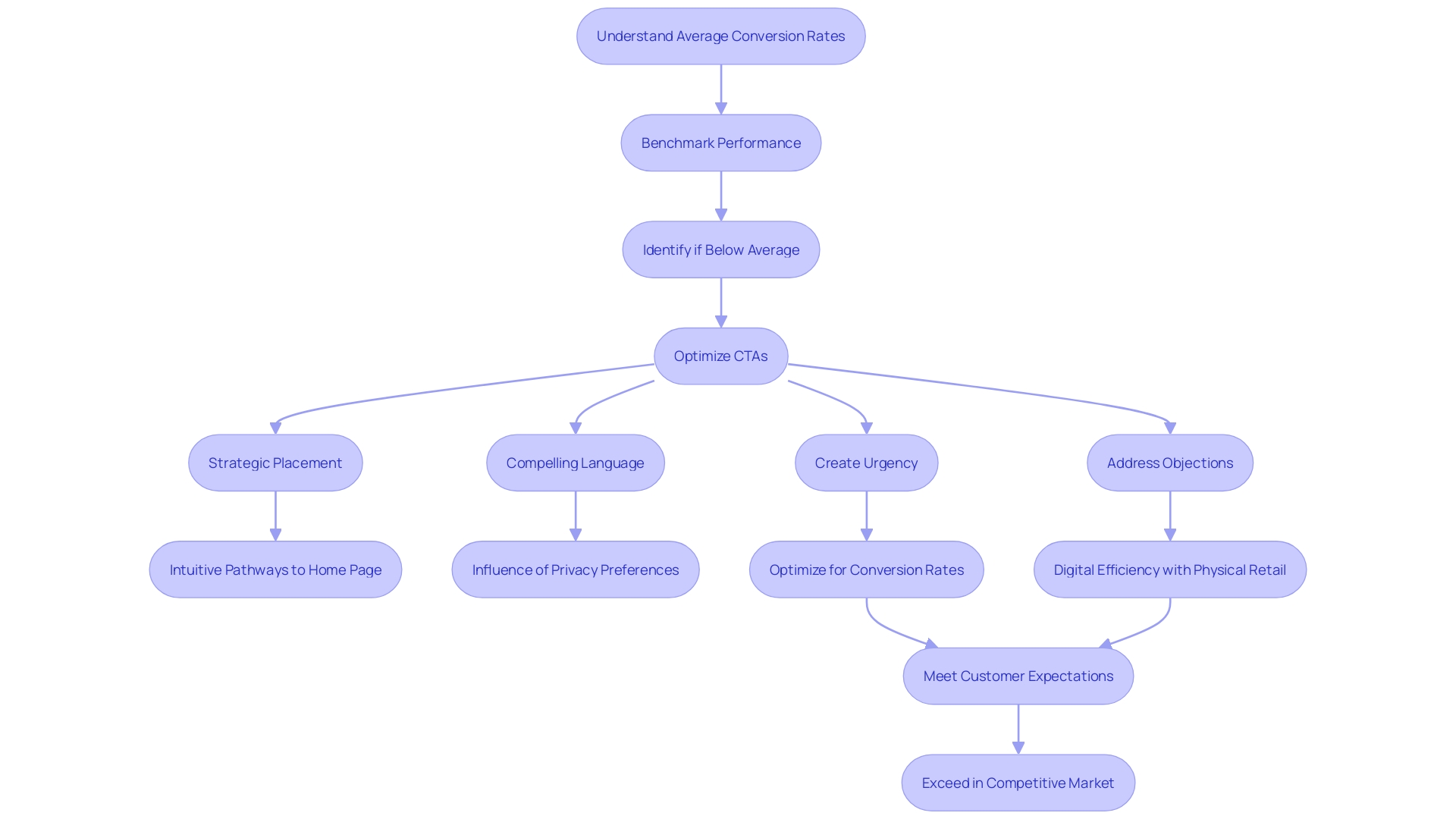
High-Quality Visuals and Media
To capture the attention of visitors and convey your brand's message, visual elements on your retail website are essential. High-quality images, videos, and other media assets not only enhance the visual appeal but also create a memorable impression on potential customers. For instance, integrating captivating videos can display your merchandise in motion, while expertly captured photographs emphasize their excellence and intricacy. Additionally, the strategic use of infographics can simplify complex data, making your offerings more comprehensible and appealing to customers. In fact, infographics are so effective that 61% of marketers have incorporated them into their digital strategies.
In addition, it's crucial to showcase your items in a manner that narrates a tale and satisfies a requirement, similar to the carefully selected shopping encounters offered by companies such as Loblaws and Anthropologie. Through visual storytelling, you can inspire customers and facilitate their shopping decisions, much like how Loblaws features seasonal themes and Anthropologie showcases their specialty fashion in compelling ways.
Remember, the placement of visual elements is as critical as their quality. Adjacencies should be logical, with best-selling items taking prime positions on your webpage, similar to how eye-level items are prioritized in physical stores.
Furthermore, the rate at which these visuals load is vital for preserving a smooth experience. As Jordan Stella, Manager of SEO and Social Media at UpCity, points out, people love wisdom shared through an attractive and quickly accessible package. This balance of quality and efficiency can lead to increased exploration and sales.
Finally, as we live in a predominantly visual world, with 80-90% of the information we process coming through our sense of sight, it's clear that visual support technology can enhance customer service by adding a personal touch. This connection can make customers feel heard and seen, thereby fostering a stronger relationship with your brand.
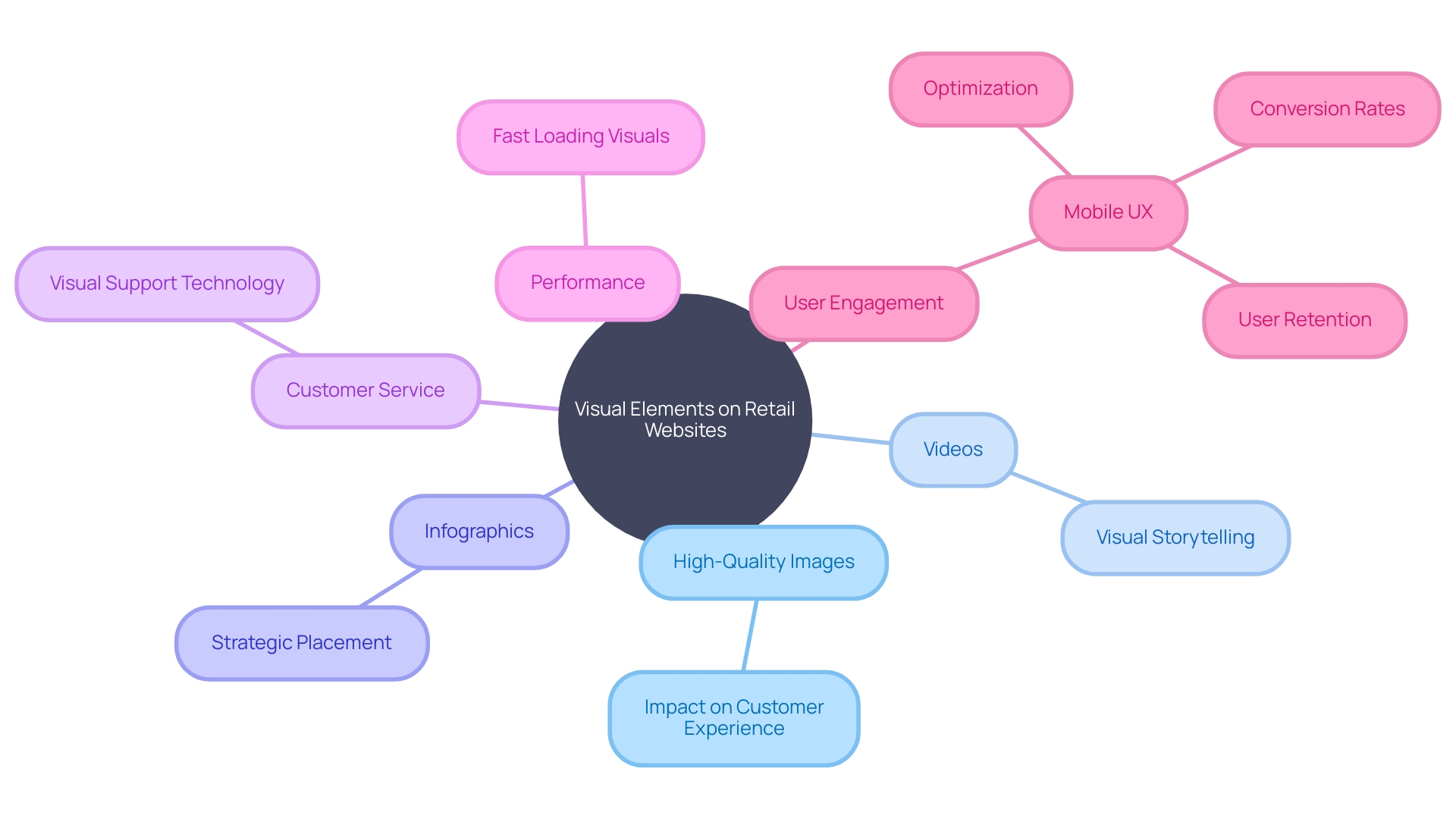
Organized Navigation and User Experience
For e-commerce directors, creating a seamless and intuitive online shopping environment is key to driving conversions and customer satisfaction. Start by refining your site's navigation structure to be as clear and user-friendly as possible. Make use of clear and descriptive labels for all categories and subcategories, which assist individuals in easily finding products or information. Implementing a robust search function can further enhance usability, allowing shoppers to quickly find specific items using natural language and colloquialisms, which aligns with emerging artificial intelligence capabilities in e-commerce.
Optimizing for mobile is non-negotiable in today's market. With over half of all web traffic originating from mobile devices, your site must perform flawlessly on smartphones and tablets. A mobile-friendly interface not only increases the likelihood of repeat visits and shares by 79% but also significantly impacts your bottom line, as mobile sites that load in two seconds or less see a 15% higher conversion rate.
Furthermore, with the implementation of the European Accessibility Act, ensuring your online platform is accessible to all, including those with disabilities, becomes a legal requirement. With a considerable portion of the European population living with disabilities, digital accessibility can no longer be an afterthought. Incorporating supportive technologies like keyboard navigation, screen readers, and voice control is essential to accommodate all individuals, ensuring your e-commerce platform is inclusive for every potential customer.
In summary, through giving priority to customer satisfaction, mobile optimization, and accessibility, e-commerce directors can not only fulfill legal obligations but also reach a broader customer base, ultimately improving the overall efficiency of their online store.
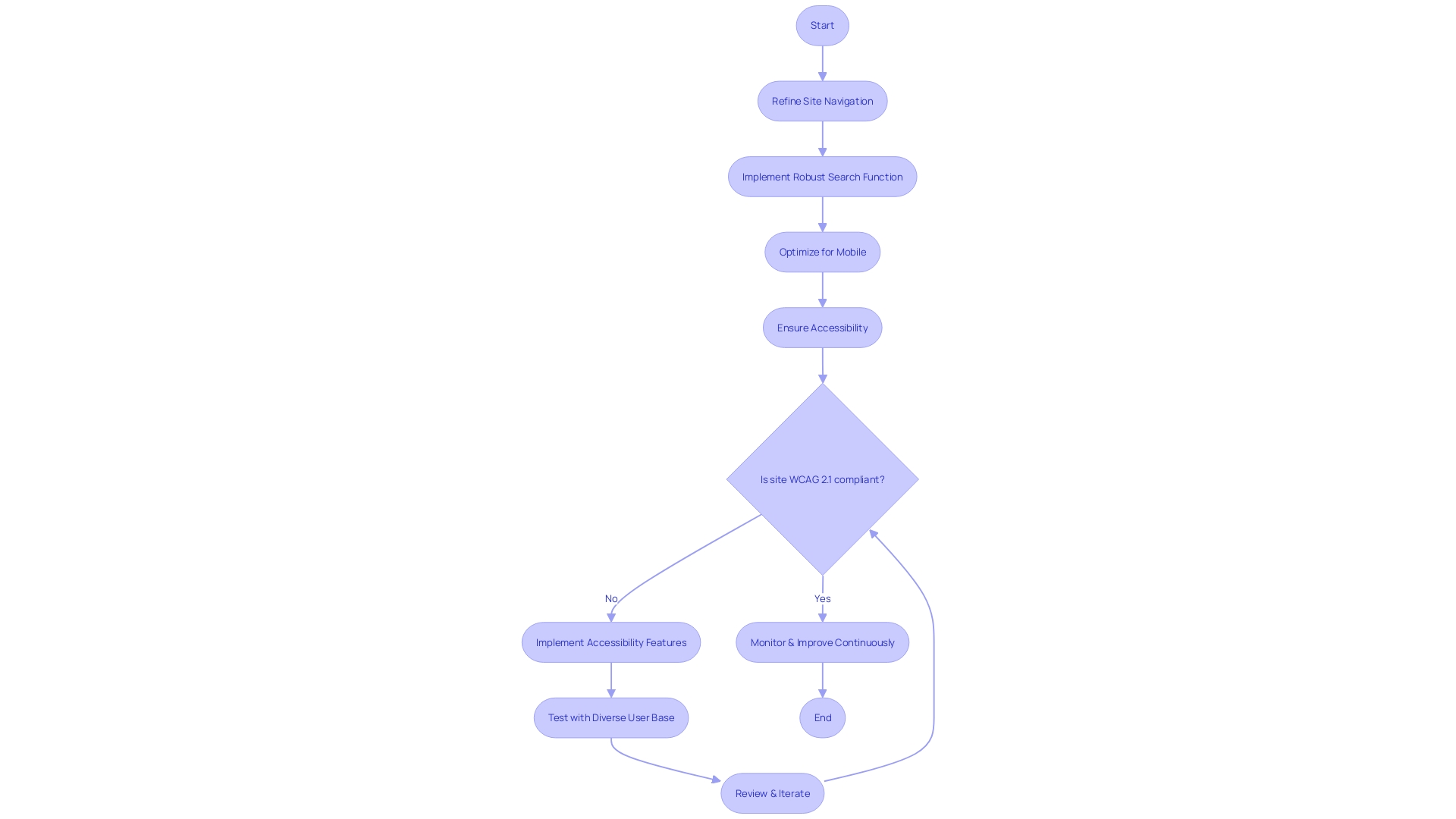
Utilizing White Space for Clarity
Harnessing the power of white space in web design is akin to the art of 'Creative Anastylosis,' where the focus is on utilizing existing materials—in this case, space—to craft a compelling user experience. Just as this design philosophy celebrates the spirit of a place, white space elevates the essence of your retail website, emphasizing clarity and focus. It's a balancing act of lightness and density, allowing the most crucial elements, like calls to action and featured products, to take center stage without the noise of overcrowding. This strategic approach to layout not only enhances visual appeal but also aligns with the growing need for sustainability in digital spaces, as highlighted by the environmental impact of our online footprint. With over half of web traffic coming from mobile devices, and individuals demanding fast-loading, easy-to-navigate sites, the thoughtful use of white space is more than aesthetic—it's a crucial factor in individual engagement, retention, and ultimately, conversion rates. Remember, a well-designed mobile site that prioritizes user experience can lead to a 15% higher conversion rate. Embrace white space to create a retail online presence that resonates with the protective spirit of your brand, speaks to the modern consumer, and leaves a lasting impression.
Creating Engaging and Scannable Content
To effectively engage customers and drive online sales, retailers must offer content that resonates with their varied shopping behaviors, which increasingly blur the lines between digital and physical realms. In line with this approach, a powerful content strategy involves presenting information in a clear, concise manner using headings, subheadings, and bullet points. This method allows consumers to scan quickly and absorb valuable insights, encouraging them to delve deeper into the website's offerings.
Furthermore, integrating user-generated content (UGC) such as reviews can significantly enhance trust and provide a richer context for potential buyers. By systematically gathering and showcasing relevant UGC, retailers can leverage authentic encounters and feedback to fortify product credibility.
Visuals play a critical role as well. Captivating visuals and multimedia can not just grab attention but also produce a more engaging atmosphere. Retailers like MediaMarkt, with a vast network of stores and a strong online presence, understand the importance of visually appealing content in bridging the gap between online research and in-store purchases.
Lastly, it's crucial to recognize the importance of optimizing content for search engines. With the comScore State of Digital Commerce report highlighting the significance of reaching consumers when they're most receptive, SEO becomes a tool for improving visibility and attracting organic traffic. This strategic focus on content structure, value, and SEO optimization is not merely about enhancing engagement but also about fostering a seamless, satisfying shopping journey from the first click to the final transaction.
Optimizing Product Pages for Conversions
To improve the efficiency of pages on retail websites, a focus on the user experience is crucial. The item, whether physical, virtual, or a collection of services, is the focal point and must be presented with clarity and detail. High-quality images, thorough descriptions, and specifications are the basis of a compelling page. Beyond the basics, incorporating user-generated content like customer reviews and ratings provides a layer of trust and authenticity, proven to foster confidence among potential buyers.
The strategic use of persuasive techniques can further augment the shopping experience. Scarcity signals, such as limited stock notifications, and time-sensitive offers add a sense of urgency that can spur visitors to act quickly. Additionally, ensuring a frictionless path to purchase by streamlining the checkout process can significantly lift conversion rates.
Indeed, understanding and optimizing conversion rates is critical. It involves a straightforward calculation: the number of conversions divided by the total visitor count, multiplied by 100 to obtain a percentage. However, precision is crucial; for example, when calculating the conversion rate for a particular item, only the traffic to that item's page should be considered to prevent data misinterpretation.
Recent industry insights reveal the power of actively soliciting and leveraging user feedback. By asking specific questions that yield numerical responses, retailers can collect valuable data, which can then be displayed on pages to improve credibility and influence customer decisions.
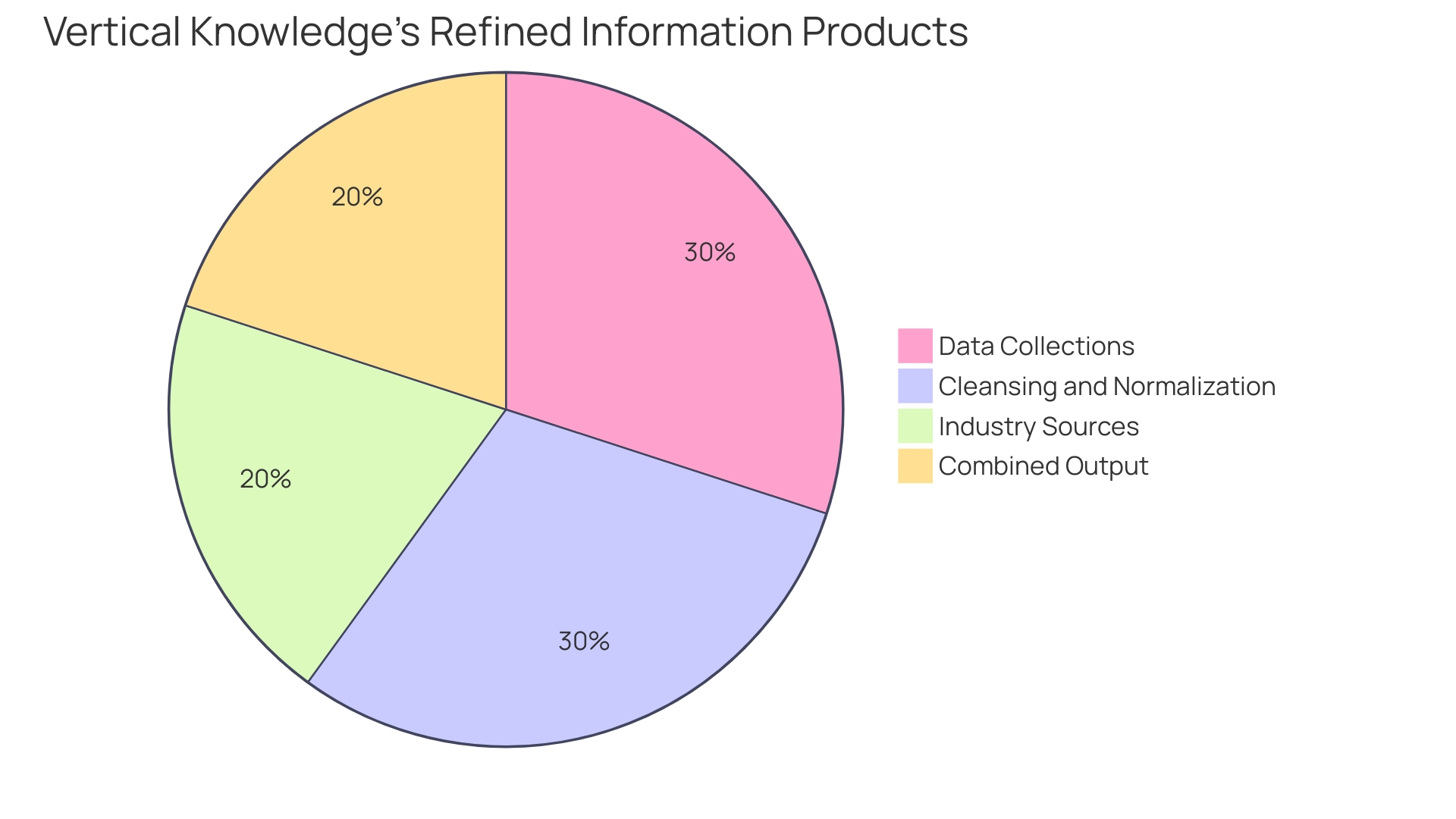
Leveraging SEO for Visibility
With the digital landscape evolving, the intersection of online and offline retail has become more pronounced than ever. Search engine optimization (SEO) has emerged as a pivotal strategy for retailers to enhance their digital storefronts and draw in customers who initiate their shopping journey online. A study has shown that shoppers typically start by comparing products and prices on the internet before even setting foot in a physical store. Therefore, building a robust online presence with compelling and informative content is crucial.
To adapt to this trend, focusing on internal SEO—including optimizing content, structure, and technical aspects—is fundamental for improving search rankings and attracting organic traffic. Incorporating relevant keywords strategically throughout your site, enhancing meta tags, and employing schemas are steps that cannot be overlooked. However, the current retail environment demands more than just keyword density; it calls for content that genuinely addresses consumer queries and provides value.
External SEO also plays a significant role by building high-quality backlinks that bolster your site's authority. Recent insights suggest that content velocity, the rapid creation and publishing of content, can significantly improve a site's visibility. This approach offers multiple entry points for consumers researching online, thereby increasing the chances of ranking for pertinent searches.
In today's competitive digital market, where an estimated 24 million online stores vie for consumer attention, a cohesive ecosystem that seamlessly integrates the online and in-store interaction is vital. Retail giants like MediaMarkt recognize this as they navigate through the challenges of boosting offline sales with online strategies. By guaranteeing a smooth cross-channel journey, they meet the channel-agnostic conduct of contemporary consumers, who anticipate effectiveness and convenience at every touchpoint, whether they opt to purchase online or collect in-store.
Ultimately, SEO is not just about visibility—it's about creating a connection with the consumer from the first online interaction to the final in-store purchase. The blend of internal and external optimization, curated content that resonates with the consumer's quest for information, and an integrated retail experience is the formula for retail success in the digital age.
Creating a Sense of Urgency and Scarcity
Leveraging the psychological triggers of urgency and scarcity in e-commerce can effectively increase sales on retail websites. Features like limited-time offers and flash sales are known to compel shoppers to act swiftly, driven by the anxiety of missing out on a great deal. Countdown timers enhance this urgency, while highlighting item scarcity or limited stock emphasizes the exclusivity of an item, further exploiting the Fear of Missing Out (FOMO) phenomenon.
To capitalize on these effects, it's important to understand the nuances of scarcity marketing. For instance, a 2022 study revealed that different scarcity cues have varying impacts on consumer behavior. A waitlist, limited-edition label, or purchase time window can each influence the perceived value of an item. This differentiation emphasizes the need for a strategic approach to scarcity marketing, one that takes into account the nature of the item and the purchasing environment.
Personalization also plays a vital role in creating urgency. Offers and discounts tailored to a user's behavior or purchase history can significantly enhance the incentive to buy immediately. This approach aligns with the Authority Principle, which suggests that people are more persuaded by authority figures or established brands. A compelling offer from a reputable brand not only invokes urgency but also leverages the consumer's innate trust in quality.
Furthermore, scarcity marketing can be strengthened through strategic item display. For example, placing a smaller package next to a larger one with a slightly higher price point can steer customers towards the higher-value option. This strategy, similar to including a decoy item, is a subtle yet effective approach to boost sales.
As e-commerce continues to evolve, understanding and implementing these psychological triggers can make a significant difference in conversion rates. Retailers who grasp these concepts and apply them judiciously will likely find themselves among the top performers in their industry.
Investing in Quality Images and Videos
With the inherent nature of humans to process visuals far more rapidly than text—60,000 times faster to be precise—retail websites must capitalize on high-quality imagery and engaging videos to capture consumer attention. A captivating visual display of items can greatly improve memory retention, with individuals recalling 65% of the information when it is combined with pertinent images. Hence, it is vital to integrate professional photography and videography that not only showcases the characteristics of the item but also narrates a tale, creating a shopping experience that is intimate and evocative.
Additionally, the integration of interactive elements like 360-degree views and demonstration videos can greatly amplify user engagement. These characteristics assist consumers in envisioning items in a thorough way, encouraging well-informed buying choices. However, the challenge lies in striking the perfect balance between high-resolution visuals and website performance. To address this, resizing and optimizing images from high-resolution originals is essential for maintaining both image quality and swift loading times—key factors in preventing customer drop-off and boosting site exploration.
Retailers must also stay abreast of the digital landscape where detailed product tagging and optimized content are pivotal. These practices not only improve the user's interaction but also contribute to better search result rankings, thereby increasing visibility and potential sales. As seen with industry leaders who curate relevant categories and themes, such strategic organization of content can inspire and simplify the shopping process for customers. In the competitive e-commerce arena, innovation and a keen eye for sustainable practices will set retailers apart, as they cater to the environmentally conscious shopper and adapt to the ever-evolving market demands.
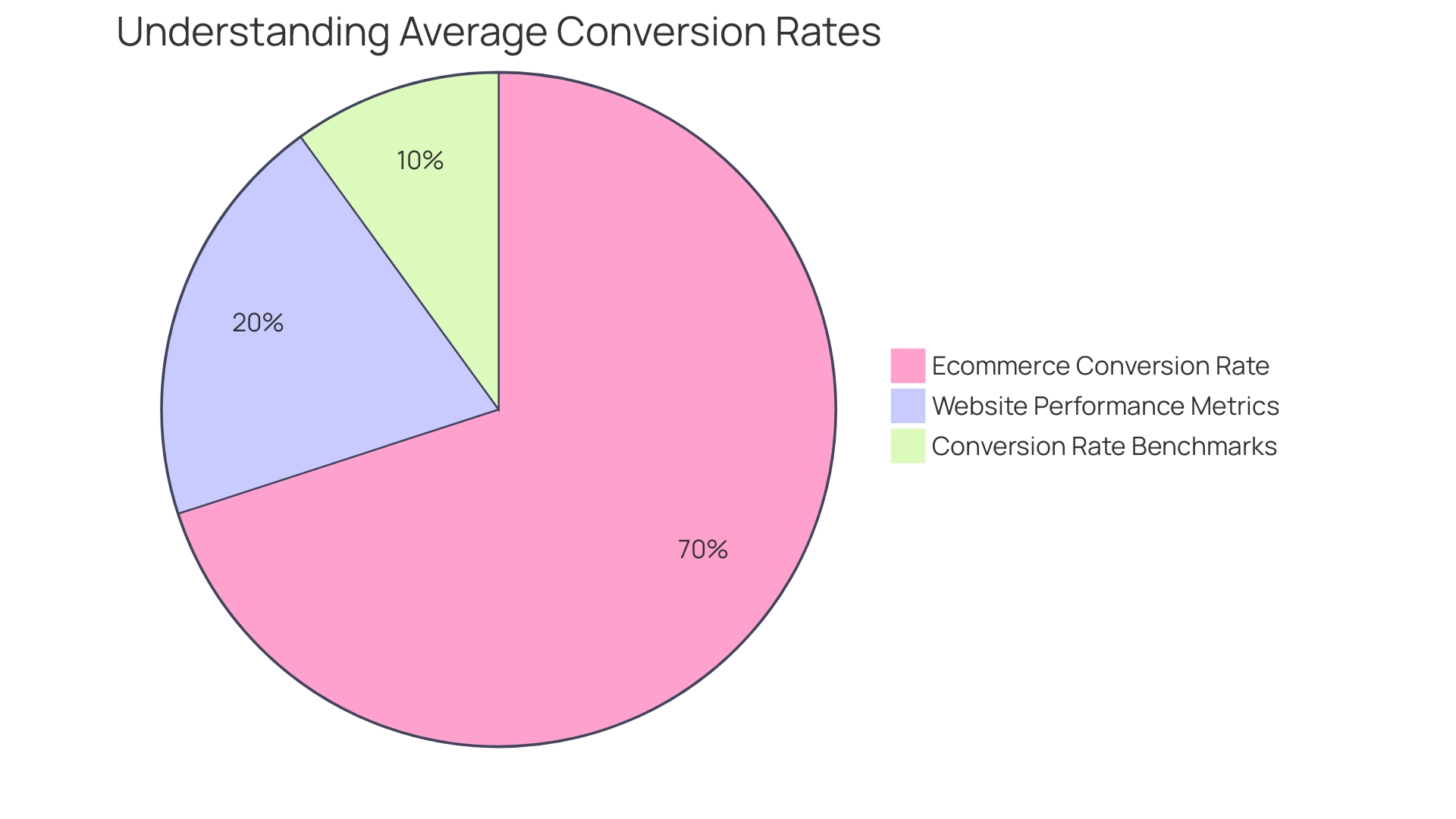
Enhancing Mobile Optimization and Speed
In the era of ubiquitous smartphones and on-the-go internet browsing, it's imperative for retail websites to put a mobile-first strategy into action. This isn't just about aesthetics; it's about functionality, speed, and providing a smooth shopping journey irrespective of device size. To achieve this, responsive design is a mandatory feature, enabling every element of your site to adapt fluidly to various screen sizes. The aim is to make sure that every customer can easily navigate, discover items, and successfully make purchases without any issues on their mobile devices.
Mobile optimization also extends to loading times, which are critical to maintain customer interest. Incorporating Accelerated Mobile Pages (AMP) can significantly boost the speed at which your content loads, keeping potential buyers engaged. A study by retail innovation agency Outform emphasizes that for over half of the shoppers (55%), the tactile sensation of being able to touch and feel products is important, which translates into the digital realm as the need for crisp, high-quality images that load swiftly.
However, striking the right balance between high-quality imagery and load efficiency is key. Compressing images, minifying code, and utilizing advanced caching techniques are proven methods to maintain visual appeal without sacrificing speed. This focus on performance is not without its rewards; a report by Fasthosts illustrates that even a one-second delay in loading time can significantly affect conversion rates and sales.
Making these technical enhancements is not just about user satisfaction—search engine rankings are also at stake. Google's algorithms favor sites that provide a smooth mobile experience, as reflected by statistics showing that mobile-friendly sites tend to rank higher in search results. With over 50% of online traffic now coming from mobile devices, and conversion rates for fast-loading mobile sites being 15% higher than average, the importance of mobile optimization cannot be overstated.
As the digital marketplace continues to evolve, the stories of successful entrepreneurs on platforms like Flipkart underscore the tremendous potential of well-optimized, mobile-friendly retail websites. They serve as a testament to the power of innovation and user-centered design in driving business growth and customer loyalty.
Conclusion
In conclusion, optimizing your retail website for success involves implementing various strategies. These include responsive design for a seamless experience across devices, effective calls to action to guide users towards key behaviors, high-quality visuals and media to capture attention, organized navigation and user experience for a seamless shopping environment, utilizing white space for clarity and focus, creating engaging and scannable content, optimizing product pages, leveraging SEO for visibility, creating a sense of urgency and scarcity, investing in quality images and videos, and enhancing mobile optimization and speed.
By prioritizing these strategies, you can create a seamless and engaging online shopping experience that attracts customers and increases conversion rates. These strategies not only enhance user satisfaction but also improve search engine rankings, increase visibility, and foster trust and credibility. With the competitive nature of online retail, implementing these strategies is essential for thriving in the digital marketplace.
Remember, the success of your retail website relies on continuously adapting to the demands of consumers and staying up to date with the latest trends and technologies. By implementing these strategies and staying ahead of the curve, you can create a website that not only meets customer expectations but exceeds them, positioning your brand as a leader in the industry.
So, take the time to optimize your retail website and create a seamless and engaging online shopping experience. Your customers will appreciate the user-friendly design, the high-quality visuals, and the intuitive navigation. And in return, you'll see an increase in conversions and a boost in your online retail success.
Ready to optimize your retail website for success? Implement these strategies now!





